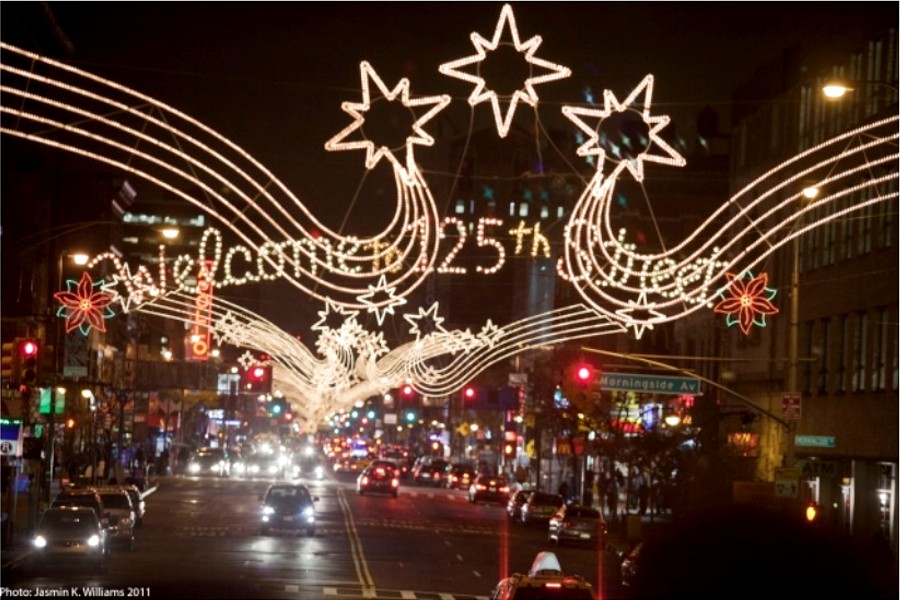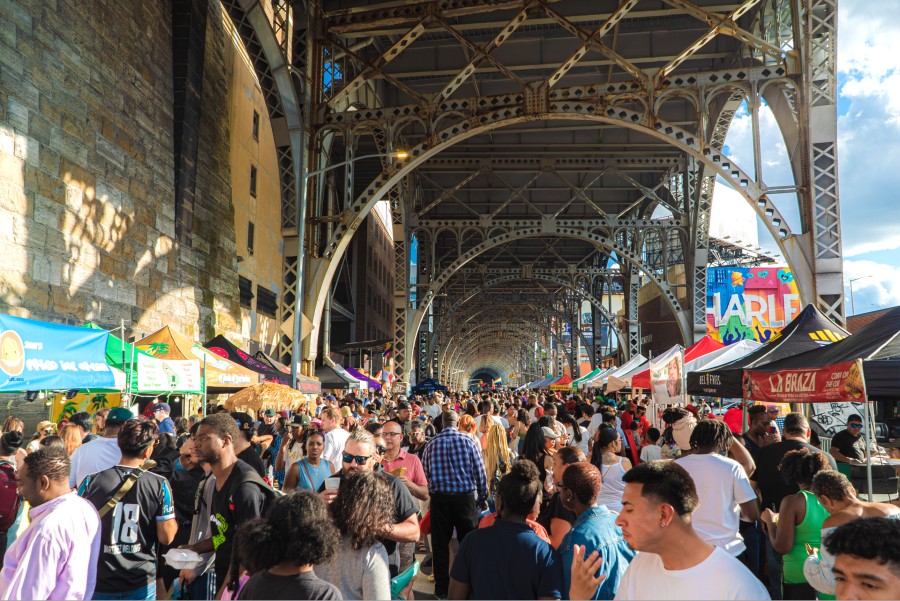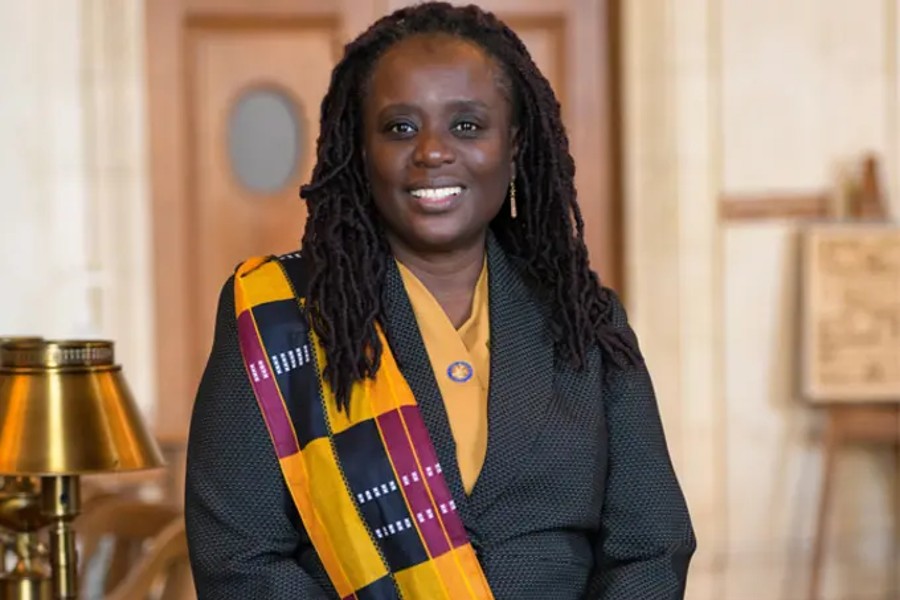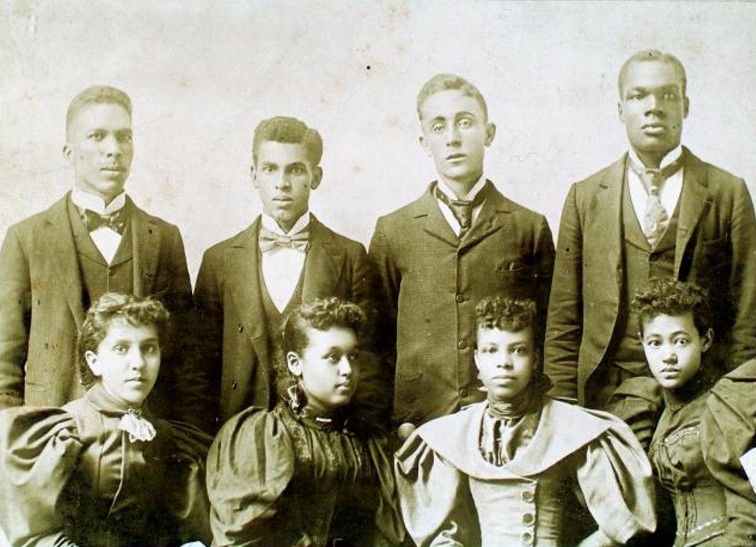
In the 19th century, African Americans harnessed the power of photography to claim a self-possessed identity in line with middle class values and in contrast to racist notions of black inferiority.
Cabinet cards played a significant role in this process of African American self-fashioning and self-representation.
Made of paper and sold by the dozen, cabinet cards were affordable for nearly all Americans.
The format was introduced in the 1870s and remained popular into the 1900s.
This same period saw a surge of Post-Reconstruction lynchings and Jim Crow oppression.
Against this brutal backdrop, cabinet cards offered greater access to visual representation at a moment when African Americans’ access to political representation was violently repressed.
Cabinet cards were tucked into family albums and exchanged with acquaintances, thereby solidifying kinship bonds and representing social networks.
Although we may not know the names of the sitters, at least one message persists through time: despite the turmoil of the era, black was beautiful then, too.
Dr. Dalila Scruggs, curator of the Schomburg Center’s Photographs and Prints Division, selected the images from the Center’s Cabinet Card Collection.

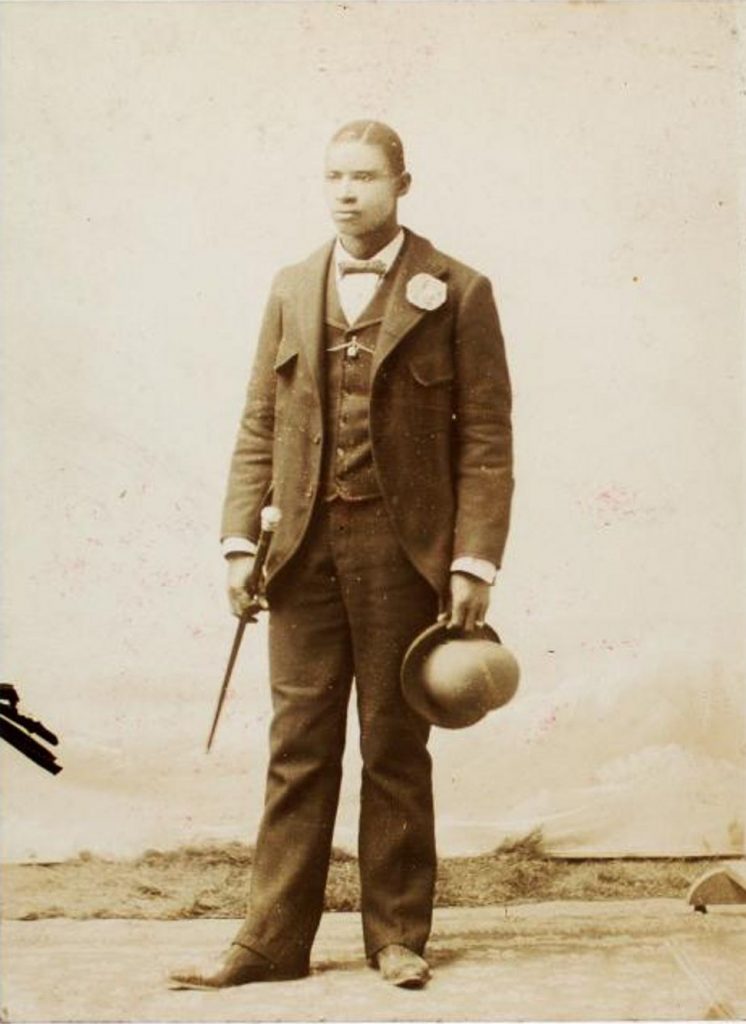


We Were Beautiful Then, Too: Late 19th Century African American Cabinet Cards will be on view at St. Nicholas Park in Harlem. The banner exhibition is produced in partnership the NYC Parks and Photoville.
See the photo in its original state here.
Photo credit: 1-5) Schomburg In The Center.
Become a Harlem Insider!
By submitting this form, you are consenting to receive marketing emails from: . You can revoke your consent to receive emails at any time by using the SafeUnsubscribe® link, found at the bottom of every email. Emails are serviced by Constant Contact





